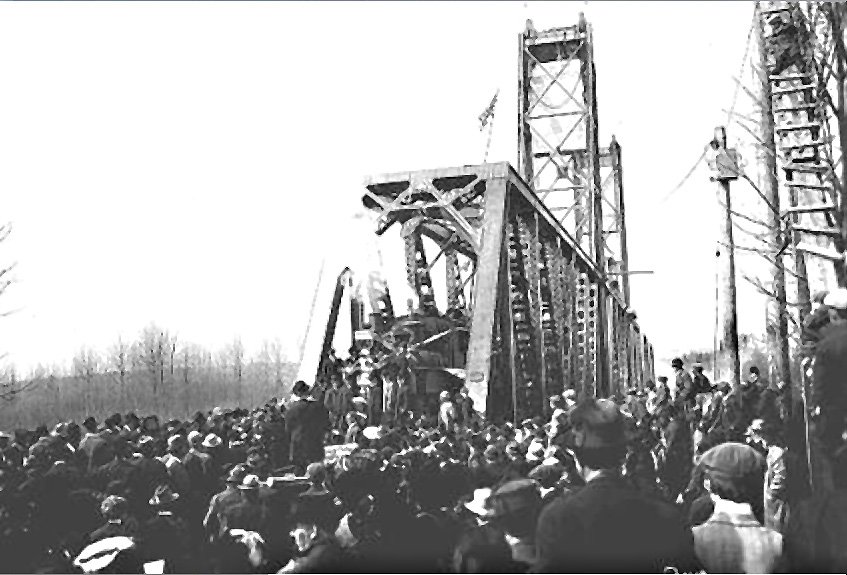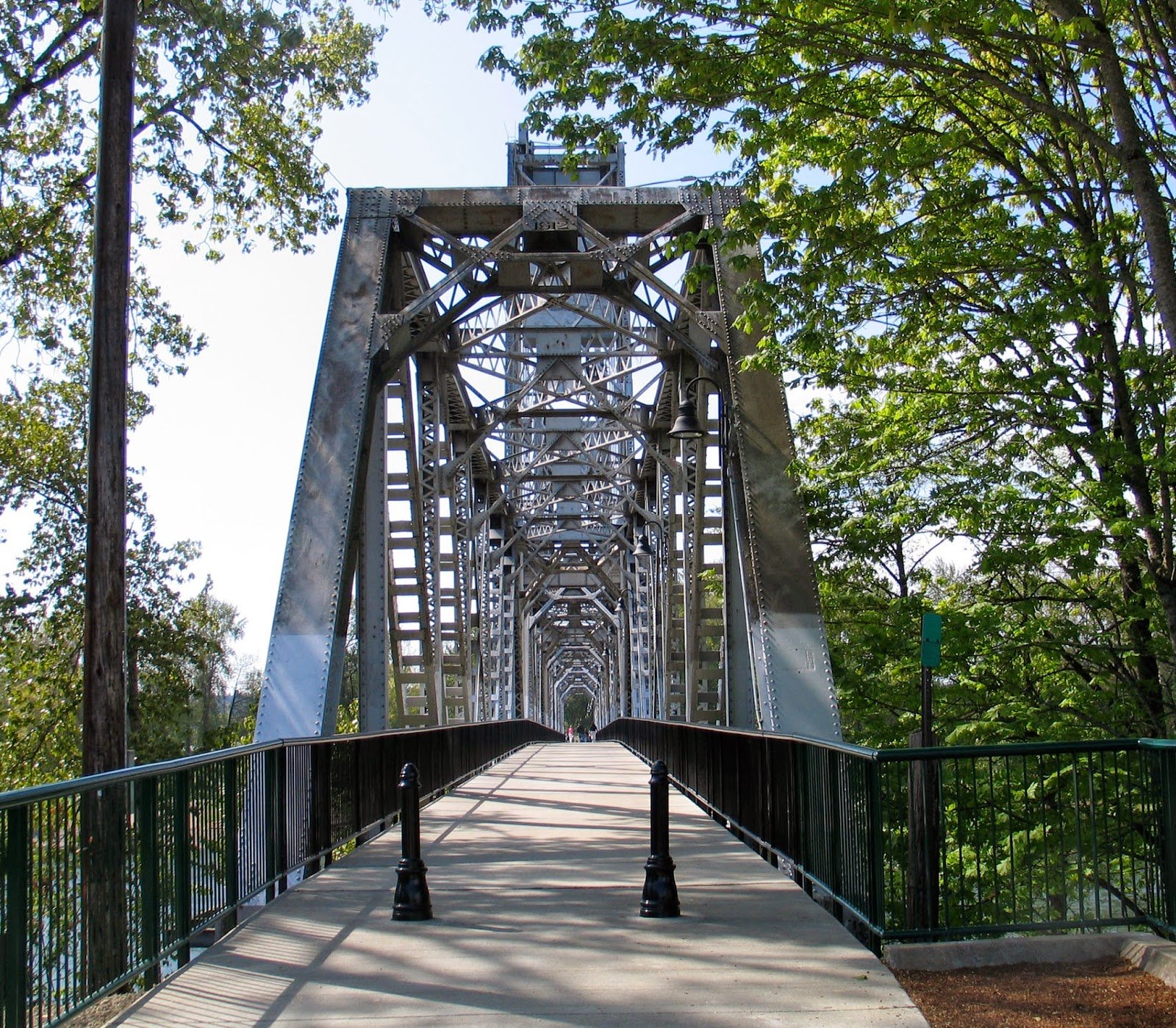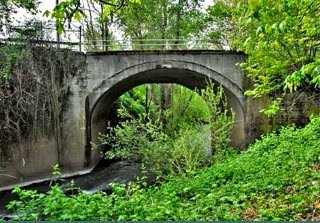World Events
- The Romanov dynasty celebrates the 300th anniversary of their rule of Russia. Emperor Nicholas II is destined to be the last.
- Gandhi is arrested in South Africa during a peaceful demonstration.
- Suffragettes continue to campaign for the right to vote. The women of the Social and Political Union in England begin radical response to the imprisonment and forced-feeding imposed on them.
- Woodrow Wilson is inaugurated as 28th President of the United States.
- The 16th Amendment to the US Constitution provides for the collection of an income tax.
- The 17th Amendment to the US Constitution provides for the direct election of Senators by popular vote instead of by state legislators.
- Henry Ford creates the assembly line for manufacturing.
- The new “zipper” is popular.
- Writer Ambrose Bierce, in Mexico to gain first-hand experience of the revolution, disappears. His short story, An Occurrence at Owl Creek (1890) is described as “one of the finest and most anthologized stories in American literature”.
- Marcel Proust publishes (in Paris), Swann’s Way, an influential novel noted for the theme of involuntary memory. New American Books: O Pioneers! by Willa Cather and Pollyanna by Eleanor H. Porter.
 |
| Opening Day Celebration, 1913 |
In Salem
A new railroad bridge across the Willamette is completed, intended for interurban passenger and freight traffic. The new McKeon gasoline coach made three trips a day between Salem and Black Rock on the Salem, Falls City and Western Railway by way of this new bridge. Forty passengers could be accommodated aboard this coach that traveled 27 miles from terminal to terminal.
As you travel through Salem on Union Street from the bridge going east, you will curve south to meet 12th Street. The rail tracks ran along the center of Union Street to the depot. That curve in the street reminds us of the train traffic this street accommodated.
Between 1850 and 1900, transportation in the Willamette valley had been mainly by steamboats and railroads on each side of the river, but there were no rail crossings, only a highway bridge or ferry. By the time the railroad bridge was built, the future of interurban rail service was in doubt, but it was increasingly used for lumber, freight and canneries. Except in emergency, few passengers used the bridge and even freight use was rare by the 1970s.
When you visit
 |
| Restoration for pedestrians, 2009 |
In 2001, long after the railroad traffic ceased, the bridge was offered it to the city of Salem for $1. The offer was accepted in 2004 and the restoration to pedestrians, bikes, and emergency vehicles was completed for a reopening in April 2009. Stimulus funds from the federal government provided funds for a temporary closing during the winter of 2009-10 in order to encapsulate the lead paint applied many years ago. In May of 2010 the bridge reopened for public use. Three interpretive panels (one on the Union Street side, two at the end of the trestle) highlight the historical uses of this structure. An award for engineering excellence was awarded in January of 2010 and three more since then.
Other events
- C. Siegmund became mayor.
- The new transportation opportunities across the Willamette River accelerated the growth of West Salem in Polk County: it incorporated as a city this year.
 |
| View of Front Street Viaduct from Mill Creek |
- On Front Street, a bridge is built over Mill Creek to accommodate rail traffic. This is currently the oldest concrete viaduct in Oregon.
- Salem Cherrians were organized as the group to organize the annual Cherry City Parade. The former mayor, George F. Roger is the first King Bing.
- The Oregon State Insane Asylum is renamed the Oregon State Hospital.
- Salem votes to go “dry” and the local Salem Brewery Association moves to Portland.
- After the death of Asahel Bush this year, his daughter Sally boards a private railway carriage, travels east, and brings her fifty-year old sister, Eugenia, home to Salem. They live here, together again, for the next twenty years.
- The Boise Building, designed by Fred Legg, is constructed on State Street for Reuben P. Boise, Jr. Over the years it has been leased as a farm machinery store, a garage and automotive center, as steel warehouse and currently as retail store again. Reuben Boise, Jr. was the owner and editor of the Oregon Statesman. He was named for his father, a distinguished Oregon jurist, and married Minnie, the daughter of Eugene Breyman. The building is seen on the SHINE Historic Downtown Walking Tour.
- The First Church of the Nazarene builds a church 490 19th Street NE. After that congregation left, the Foursquare Church occupied the building during the 1950s. The Unitarians next purchased the property, but also moved to a new location. Since 1997, it has been our local Quaker Meeting House.
- The Christian Wiedmer house built this year, and later enjoyed as a popular cottage restaurant, has been moved to State Street and now serves as an antique shop.
- The Jones-Sherman House is built on D Street in the Grant neighborhood. Ralph Jones built this Craftsman residence and lived there until 1926. Charles Sherman, a professor of Philosophy and Psychology at Willamette University, then purchased the house. Professor Sherman died in 1963, but his wife Grace and four children owned the house until her death in 1978. The present owners, Jeanne and Corbey Boatwright, assumed a purchase contract with Sherman heirs in 1984. The property was placed on the National Register of Historic Places in 1989. Jeanne describes their neighborhood: “Encompassing just ninety city blocks, Grant is the smallest of the recognized Salem neighborhoods. Located adjacent to the north end of downtown, it provides the north gateway to the Capitol Mall and is a beautiful, historic part of Salem. Nearly all of the homes and buildings date to between 1900 and 1940. The many tree-lined streets and intimate lot sizes provide a friendly and close-knit neighborhood. Our treasured Grant Park is adjacent to Grant Community School – a dual language immersion school. Since 1976, the vibrant Grant Neighborhood Association has been actively working to protect this jewel of a neighborhood.”

One Comment